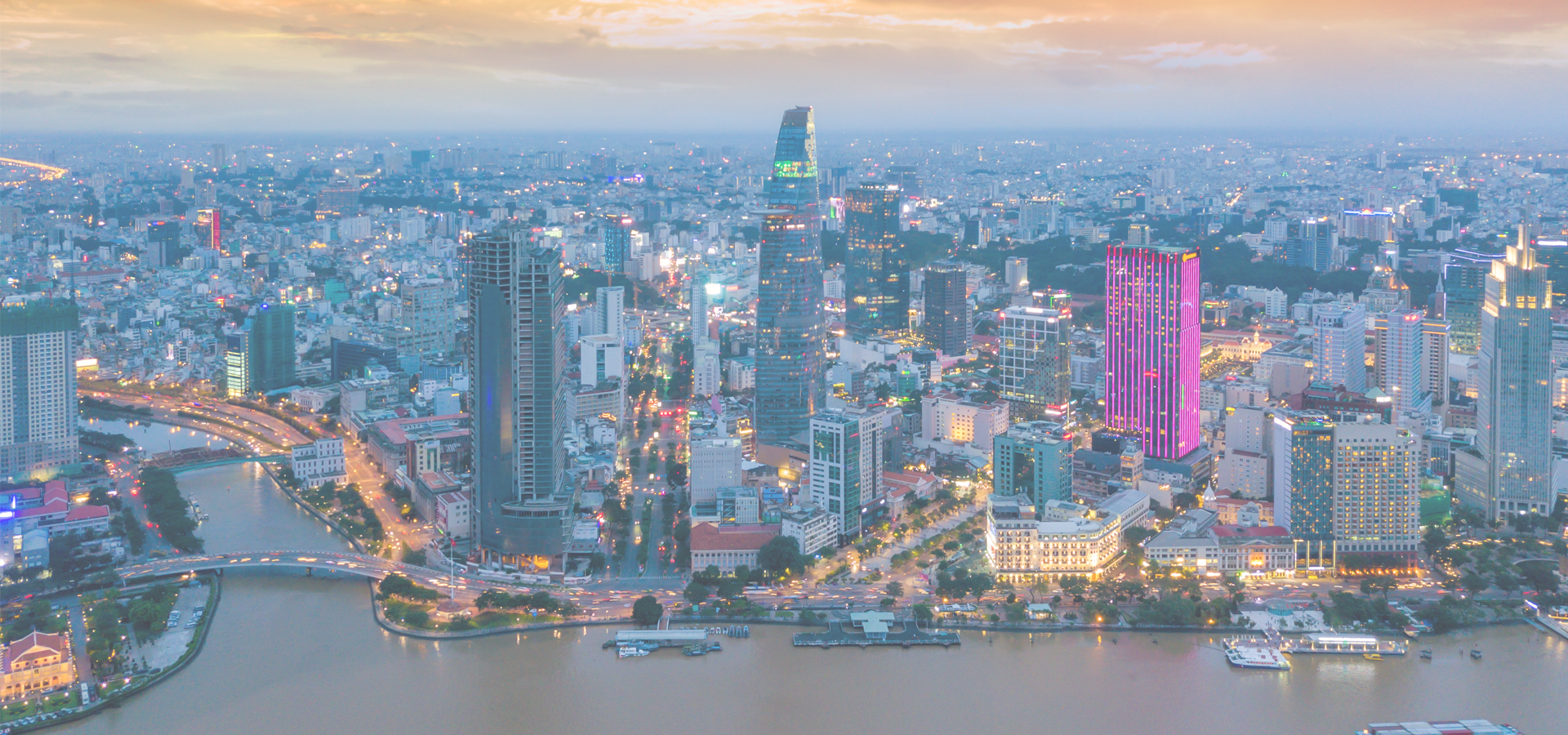Kon Tum, Central Highlands, Vietnam
🇻🇳 Kon Tum is the capital city of Kon Tum Province in Vietnam. It is located inland in the Central Highlands region of Vietnam, near the borders of Laos and Cambodia.
Historically, this area has been inhabited by the indigenous Ba Na people, which led to the name Kon Tum, meaning "Village by the Lake" in the Ba Na language. Its unique location features flat and fertile land, enriched by the Dak Bla River, and a convergence of various ethnic groups over time. Among these, the Kinh people, hailing from provinces such as Quang Nam, Quang Ngai, and Binh Dinh, have settled here. In the years 1841-1850, French missionaries, en route to the Central Highlands, established the first Christian mission in this region. By 1893, the colonial French authorities established the Kon Tum administrative agency, headed by Father Vialleton, and from that point, the name Kon Tum became officially used. Subsequently, the provincial administrative unit adopted this name. Kon Tum City, once a sparsely populated and desolate area, has evolved into a hub for settlement, commerce, and governance throughout the province's rich history. Currently, Kon Tum City holds the status of City (Class-2).
Geography Kon Tum City is situated in the southern part of Kon Tum Province, within a basin landscape at an elevation of approximately 525 meters above sea level. It is encircled by the Dak Bla River valley. The city is located 654 km north of Ho Chi Minh City, 292 km south of Da Nang, and 1,237 km south of the capital Hanoi. Additionally, it is 50 km from Pleiku and 229 km from Buon Ma Thuot. Kon Tum City shares its geographical boundaries as follows: • To the east, it borders Kon Ray District. • To the west, it borders Sa Thay District. • To the south, it shares borders with Chu Pah District in Gia Lai Province. • To the north, it borders Dak Ha District.
The city covers an area of 433 square km and had a population of 205,762 people in the year 2021, with a population density of 475 people per square kilometer.
In 2019, Kon Tum City had a land area of 432.98 square km and a population of 168,264 people. Among these, 102,051 residents lived in urban areas, constituting 61% of the population, while 66,213 people resided in rural areas, making up the remaining 39%. The population density in the city was approximately 389 people per square kilometer.
Kon Tum City is home to 20 different ethnic groups living together.
History After the People's Army of Vietnam invaded South Vietnam on March 30, 1972 during the Easter Offensive, two divisions attempted to capture Kon Tum, but failed. In March 1975, however, Kon Tum was overrun during the Ho Chi Minh Campaign and large numbers of refugees were forced to flee east to the south central coast.
Kon Tum has several vestiges of the French colonial period, as well as several tribal villages directly in the suburbs of the Vietnamese-reconstructed town. Among the town's landmarks, there is a Roman Catholic wooden church on discrete stilts and a large French-built seminary which hosts a small museum on local hill tribes. French missionary presence in Kon Tum traces back to 1851.
Ho Chi Minh Time

Kon Tum has a population of over 155,214 people. Kon Tum also forms the centre of the wider Kon Tum Province which has a population of over 661,742 people.
To set up a UBI Lab for Kon Tum see: https://www.ubilabnetwork.org Twitter: https://twitter.com/UBILabNetwork
🇵🇭 City of Muntinlupa 14.38
🇵🇭 City of Muntinglupa 14.38
🇵🇭 General Trias 14.386
🇬🇹 Villa Canales 14.389
🇵🇭 Muntinlupa 14.395
🇸🇩 Wad Madani 14.4
🇹🇭 Phra Nakhon Si Ayutthaya 14.333
🇵🇭 Dasmariñas 14.327
🇵🇭 Santa Rosa 14.32
🇵🇭 Jose Panganiban 14.292
🇵🇭 Trece Martires 14.281
🇵🇭 Santa Cruz 14.268
🇻🇳 Buôn Ma Thuột 108.041
🇻🇳 Da Nang City 108.062
🇻🇳 Phan Thiết 108.108
🇮🇩 Singaparna 108.11
🇮🇩 Tasikmalaya 108.198
🇮🇩 Majalengka 108.228
Locations Near: Kon Tum 108.013,14.3426
🇻🇳 Pleiku 108.001,13.981 d: 40.3
🇻🇳 Vĩnh Thạnh 108.767,14.1 d: 85.6
🇻🇳 Quảng Ngãi 108.799,15.122 d: 121.1
🇱🇦 Attapeu 106.821,14.82 d: 138.8
🇻🇳 Tam Kỳ 108.483,15.567 d: 145.2
🇻🇳 Qui Nhon 109.233,13.767 d: 146.3
🇻🇳 Quy Nhơn 109.247,13.77 d: 147.5
🇻🇳 Hoi An 108.336,15.875 d: 173.9
🇻🇳 Buôn Ma Thuột 108.041,12.678 d: 185.2
🇻🇳 Da Nang City 108.062,16.068 d: 191.9
Antipodal to: Kon Tum -71.987,-14.343
🇵🇪 Cusco -71.967,-13.517 d: 19923.2
🇵🇪 Urubamba -72.199,-13.28 d: 19894.8
🇵🇪 Andahuaylas -73.383,-13.65 d: 19845.9
🇵🇪 Juliaca -70.133,-15.483 d: 19779
🇵🇪 Ayacucho -74.217,-13.15 d: 19740.2
🇵🇪 Ica -75.733,-14.067 d: 19610.1
🇵🇪 Huancayo -75.211,-12.075 d: 19584.5
🇵🇪 Tacna -70.249,-18.015 d: 19566.6
🇵🇪 Chincha Alta -76.133,-13.45 d: 19556.7